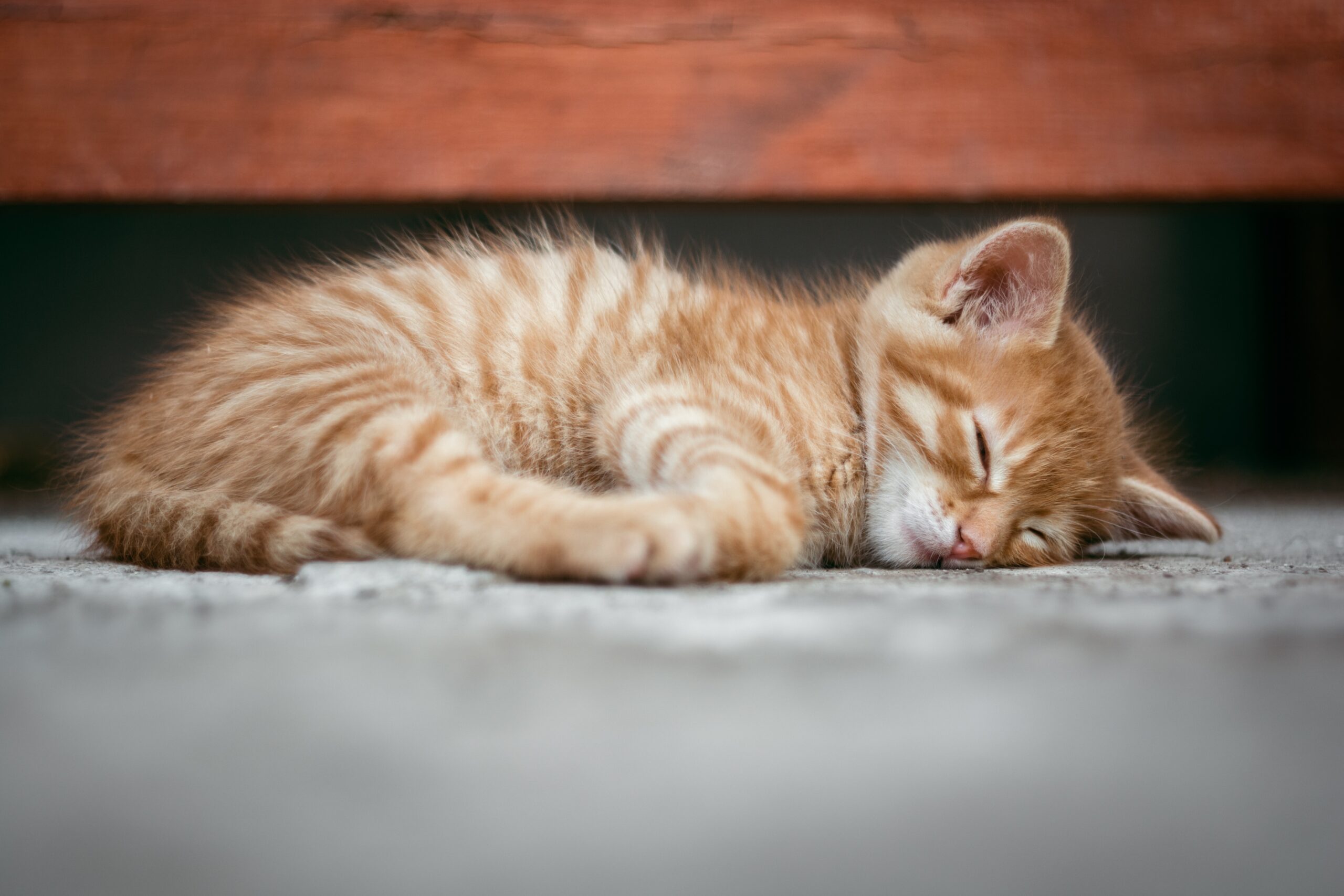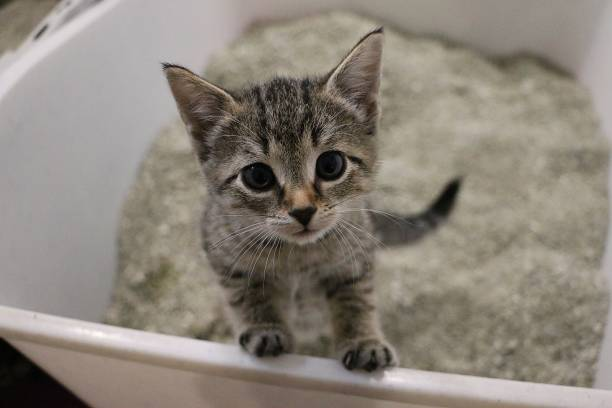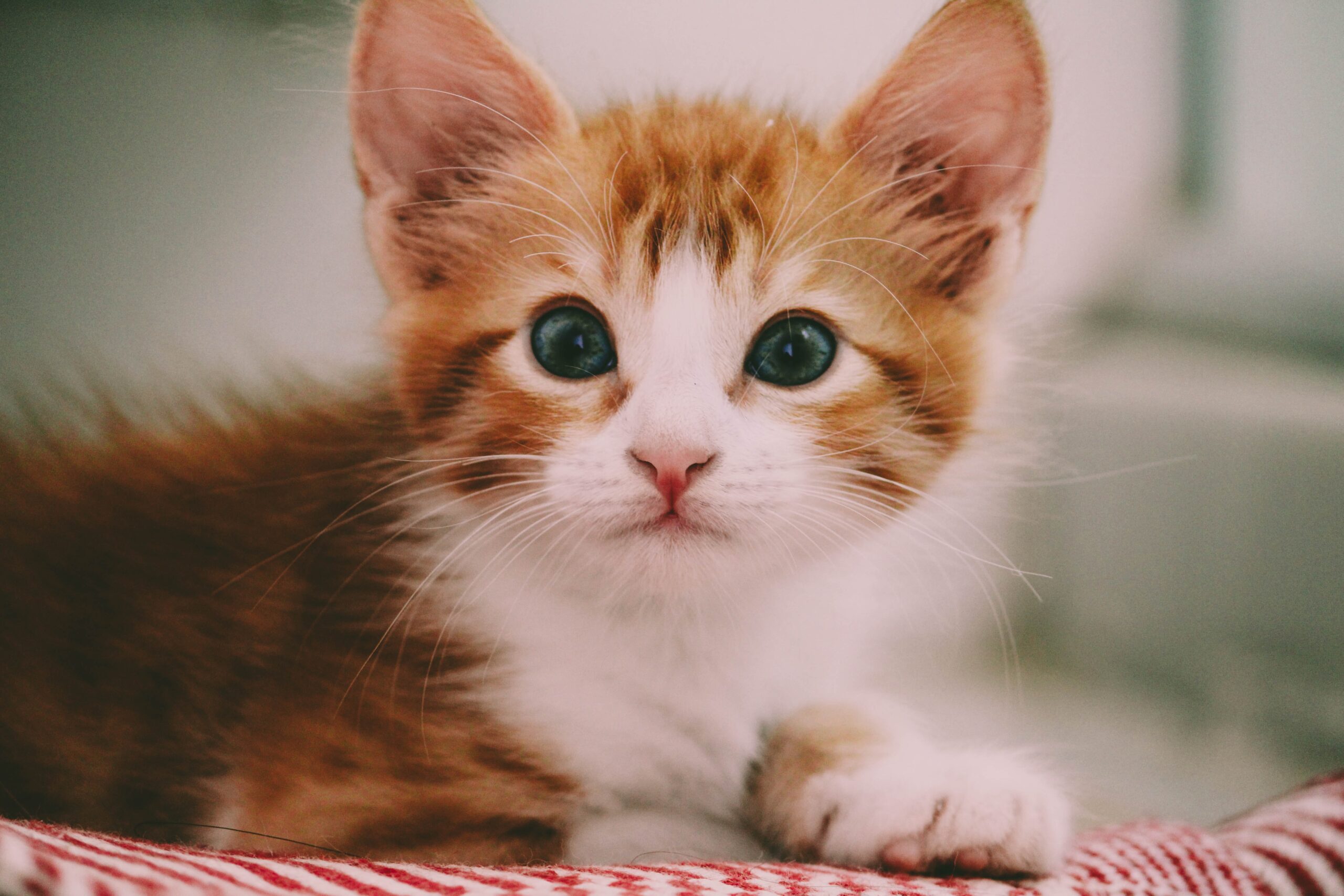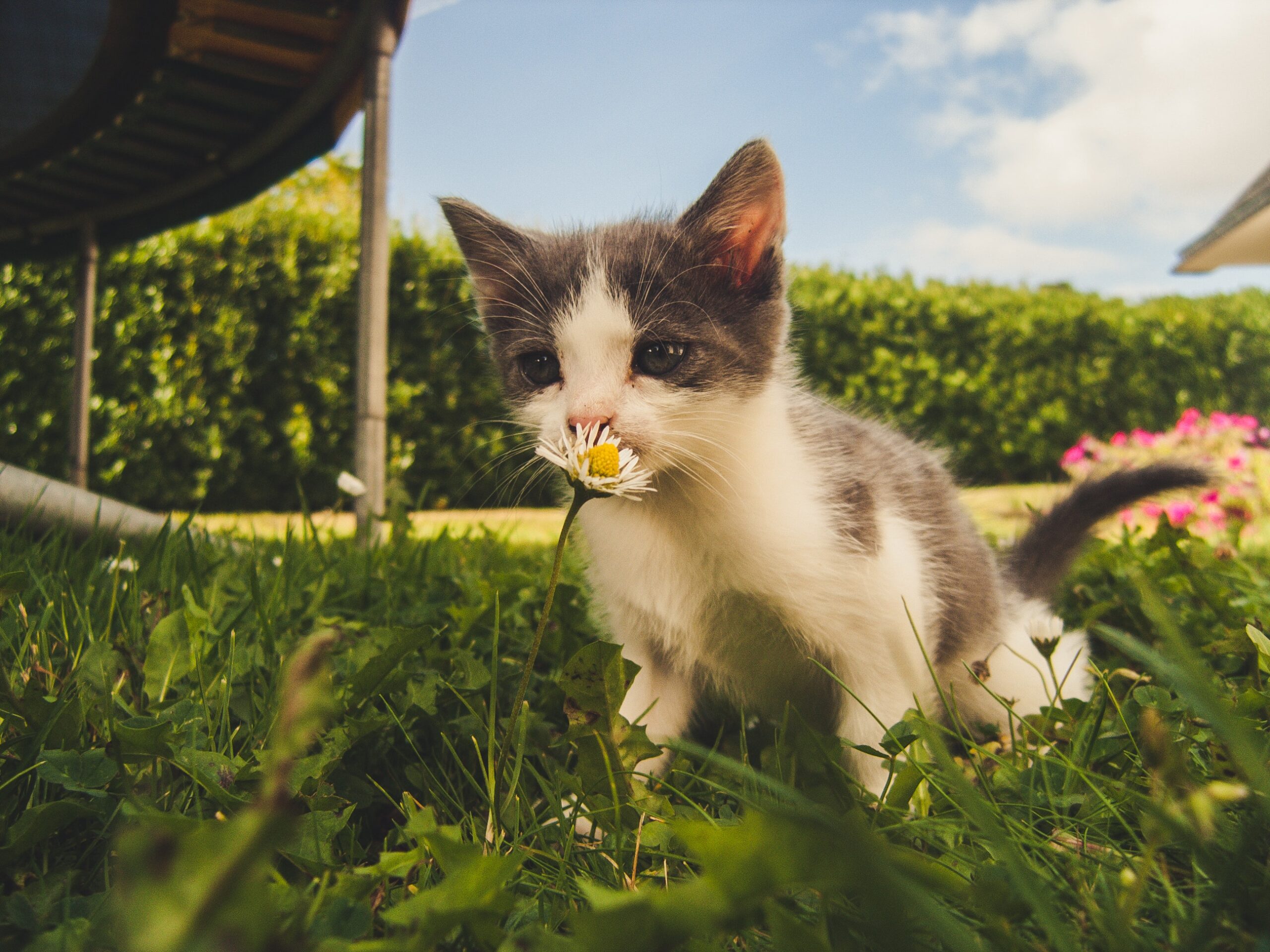The Benefits of Growing Up with Pets, Especially Cats
The presence of pets, particularly cats, in a child’s life can have a profound and positive impact. Studies have shown that children who grow up with pets often experience numerous benefits, such as improved emotional well-being, increased empathy, and enhanced social skills. Cats, with their gentle and affectionate nature, can serve as wonderful companions for children, providing them with unconditional love and comfort as they navigate the ups and downs of childhood.
The Importance of Fostering a Loving Relationship Between Cats and Kids
Building a loving and harmonious relationship between children and their feline companions is not only beneficial for the child but also crucial for the well-being of the cat. Creating a safe and nurturing environment where both parties can thrive is essential in fostering a strong bond that will last a lifetime. Teaching children about responsible pet ownership, empathy, and respect for animals lays the foundation for a positive and meaningful relationship with their feline friends.
Purpose of the Article: Tips and Advice for Building a Strong and Positive Bond Between Children and Their Feline Companions
The purpose of this article is to provide valuable insights and practical tips for parents and caregivers on how to nurture a loving and enduring relationship between children and their cat companions. From understanding feline behavior and communication to teaching responsibility and care, we will offer guidance to help parents foster a strong bond between their children and their beloved feline friends. By promoting a positive and respectful interaction between kids and cats, we aim to create a joyful and fulfilling experience for both parties, resulting in a lifelong friendship filled with love and happiness.
Understanding Cats’ Nature and Behavior
Explaining Cat Behavior and Communication to Children
Understanding a cat’s behavior and communication is essential for fostering a strong and positive bond between children and their feline companions. Children should be taught that cats have their unique ways of expressing themselves and that they may communicate through body language, vocalizations, and gestures. Explaining that purring often indicates contentment and that a gently flicking tail may mean the cat is feeling playful or curious helps children interpret their cat’s emotions and needs more effectively.
Teaching Kids About Cat Body Language and Cues
Teaching children about cat body language and cues empowers them to recognize when their feline friend is happy, scared, or in need of space. For instance, when a cat’s ears are forward and their body is relaxed, it signals that the cat is approachable and open to interactions. On the other hand, flattened ears or a swishing tail may indicate that the cat wants to be left alone or is feeling stressed. By educating children about these subtle cues, they can better understand and respond appropriately to their cat’s feelings, promoting a deeper connection and mutual respect.
Understanding Boundaries and Respecting a Cat’s Personal Space
Respecting a cat’s personal space is crucial for building trust and ensuring a positive relationship. Children should be taught to allow the cat to approach them rather than forcing interactions. Understanding that some cats may be more reserved or shy and need time to warm up to new people, including children, is essential. Additionally, instructing kids not to disturb a sleeping or eating cat and to be gentle during playtime helps create a safe and comfortable environment for both the child and the cat.
By fostering an understanding of cats’ nature and behavior in children, parents and caregivers set the foundation for a loving and harmonious relationship between their little ones and their feline companions. With this knowledge, children can interact with cats in a respectful and considerate manner, deepening the bond and fostering a sense of empathy and compassion that will benefit them throughout their lives.
Preparing for a New Cat in the Family
Choosing the Right Cat Breed or Temperament for a Household with Children
When considering adding a new cat to the family, it’s essential to choose a cat breed or temperament that aligns well with the household’s dynamics, especially when there are children involved. Some cat breeds are naturally more sociable and patient with children, making them ideal companions for families. Others may be more reserved or independent and might prefer a quieter environment. Researching different cat breeds and their characteristics can help families find a cat that will thrive in their home and form a strong bond with the children.
Preparing the Home and Creating a Safe and Comfortable Space for the Cat
Before bringing the new cat home, it’s crucial to create a safe and comfortable space where the cat can adjust to its new surroundings. Providing a cozy bed, a litter box, food and water dishes, and interactive toys helps the cat feel secure and welcomed. Families should also ensure that the home is cat-proofed, with potentially hazardous items or small objects that could be ingested safely stored away. Childproof locks may be necessary to prevent curious little ones from accessing certain areas, ensuring both the cat and the children are safe and at ease.
Introducing the New Cat to the Children and Vice Versa
The introduction between the new cat and the children should be gradual and positive. Children should be taught to approach the cat calmly and gently, allowing the cat to initiate interactions. Supervised interactions in the initial stages help both the cat and the children feel comfortable and build trust. Teaching kids to offer treats or toys as positive reinforcements during interactions can create positive associations with the new cat. Similarly, giving the cat time to explore the home and become familiar with the children’s scent allows for a smoother integration.
By taking these thoughtful steps to prepare for a new cat in the family, parents and caregivers can set the stage for a harmonious and loving relationship between the children and their feline companion. Choosing the right cat, creating a safe environment, and fostering a gradual introduction can pave the way for a joyful and rewarding bond that will enrich the lives of both the children and their new furry friend.
Establishing Positive Interactions
Teaching Kids How to Approach and Handle a Cat Gently
It’s essential to teach children the proper way to approach and handle a cat to ensure both their safety and the cat’s comfort. Children should be instructed to approach the cat slowly and calmly, avoiding sudden movements or loud noises that might startle the feline. Demonstrating how to gently pet the cat, using slow and gentle strokes along the cat’s back or chin, will help children build trust and create a positive association with physical touch. Reinforcing the importance of respecting a cat’s boundaries and recognizing signs of discomfort ensures that interactions are enjoyable for both parties.
Engaging in Supervised Playtime and Interactive Activities with the Cat
Supervised playtime with the cat is an excellent way for children to bond with their feline companion and engage in enriching activities. Providing interactive toys, such as feather wands or laser pointers, allows children to participate in playful and stimulating interactions with the cat. This interactive play not only strengthens the bond between the child and the cat but also provides essential mental and physical stimulation for the feline, keeping them happy and content.
Encouraging Bonding Moments, Such as Grooming and Cuddling
Encouraging bonding moments between children and the cat fosters a sense of intimacy and trust. Grooming sessions can be a particularly special time for children to bond with their furry friend. Showing kids how to use a soft brush to groom the cat gently can be a soothing and enjoyable experience for both. Additionally, cuddling and spending quiet time together can create a sense of security and comfort, helping to deepen the bond and strengthen the emotional connection between the child and the cat.
By focusing on establishing positive interactions, parents and caregivers can help nurture a loving and lasting relationship between children and their feline companions. Teaching children gentle handling, engaging in supervised play, and encouraging bonding moments create an environment of trust and affection, fostering a friendship that will bring joy and companionship to both the children and their beloved cat throughout their lives.
Teaching Responsibility and Care
Assigning Age-Appropriate Tasks for Children to Care for the Cat
Teaching children responsibility through pet care is a valuable life lesson. Parents can assign age-appropriate tasks that involve caring for the cat. For younger children, simple responsibilities like refilling the water bowl, assisting with playtime, or helping to put away cat toys can instill a sense of ownership and contribution. As children grow older, they can take on more significant responsibilities, such as feeding the cat, cleaning the litter box (under adult supervision), or refreshing the cat’s bedding. These tasks not only help in the cat’s care but also empower children to develop a sense of accountability and dedication.
Involving Kids in Feeding, Grooming, and Cleaning Routines
Involving kids in regular feeding, grooming, and cleaning routines creates a sense of routine and discipline in the care of their feline companion. Parents can guide children in measuring out appropriate portions of cat food and demonstrating the importance of maintaining a consistent feeding schedule. Grooming sessions can be an opportunity for kids to practice gentle brushing, ensuring the cat’s coat stays healthy and tangle-free. Additionally, children can participate in cleaning the litter box with adult supervision, teaching them the significance of maintaining a clean and sanitary environment for the cat’s well-being.
Instilling Empathy and Compassion for Animals through Responsible Pet Ownership
Responsible pet ownership goes beyond physical care; it also involves nurturing empathy and compassion towards animals. Parents can encourage children to observe and understand the cat’s needs and emotions, emphasizing the importance of recognizing and responding to their feline friend’s feelings. By fostering an empathetic and compassionate attitude, children develop a deeper connection with the cat, building a relationship based on mutual understanding and care. This experience of caring for another living being instills lifelong values of kindness and empathy that extend beyond the pet and into various aspects of their lives.
By teaching responsibility and care, parents not only provide their children with practical life skills but also impart valuable lessons in empathy and compassion. The responsibilities associated with pet ownership help children develop a sense of commitment and understanding, nurturing a loving and respectful relationship between the child and their feline companion. Through these shared experiences, children learn the importance of caring for others, fostering a deep bond and a lifetime of treasured memories with their beloved cat.
Recognizing Warning Signs and Promoting Safety
Educating Children on Signs of a Stressed or Agitated Cat
Educating children about the signs of a stressed or agitated cat is crucial for their safety and the well-being of the feline companion. Parents and caregivers can teach children to recognize common indicators of a cat feeling uncomfortable or anxious, such as flattened ears, dilated pupils, hissing, or swishing tail movements. When children can identify these signals, they can respond appropriately by giving the cat space and refraining from interactions until the cat feels more at ease. By understanding a cat’s emotions, children can avoid inadvertently stressing their furry friend and create a safe environment for everyone.
Teaching Kids What to Do and Not to Do to Avoid Conflicts with the Cat
Establishing clear guidelines on how to interact with the cat is essential for avoiding conflicts and promoting a harmonious relationship. Children should be instructed never to disturb a cat while it is eating, sleeping, or using the litter box. Additionally, they should be taught not to pull the cat’s tail, ears, or whiskers, as this can cause discomfort or pain. Encouraging gentle handling and showing respect for the cat’s personal space helps children understand their cat’s boundaries and contributes to a positive and secure interaction.
Creating a Safe Environment to Prevent Accidents or Mishaps
Childproofing the home to ensure a safe environment for both children and the cat is a crucial aspect of responsible pet ownership. Parents and caregivers should secure hazardous materials and keep potentially dangerous items out of reach. Electrical cords, small objects that could be swallowed, and any toxic substances should be safely stored away. Providing high spaces, such as cat trees or shelves, allows the cat to escape to a safe place if needed, giving them a sense of security. By creating a safe and secure environment, parents can prevent accidents and mishaps, fostering a peaceful coexistence between children and their feline companion.
By recognizing warning signs and promoting safety, parents and caregivers help children develop a sense of responsibility and respect for their feline friend. Understanding a cat’s communication and emotional cues empowers children to interact with their cat companion thoughtfully, resulting in a positive and fulfilling relationship. A safe and secure environment ensures that both children and the cat can enjoy a stress-free and happy life together, strengthening the bond and creating cherished memories for years to come.
Building Trust and Confidence
Understanding That Trust Is Earned and May Take Time
Building trust between children and their feline companions is a gradual process that requires patience and understanding. Children should be taught that trust is earned and that it may take time for the cat to feel completely comfortable around them. Just like people, each cat has its unique personality and history, and they may need different amounts of time to build trust with new individuals, including children. Encouraging children to approach their feline companion with patience and a gentle demeanor allows the bond to grow naturally and fosters a sense of mutual respect.
Encouraging Patience and Persistence in Developing a Strong Bond
As children interact with their cat and experience the joys of companionship, they may also encounter challenges and setbacks. Encouraging them to persevere and remain patient during these moments is essential. Some cats may be more reserved or shy initially, while others may take to children right away. By reminding children that every relationship takes effort and time, parents instill a sense of dedication and commitment in the bond-building process. Encouraging gentle and consistent interactions, even during moments of hesitation from the cat, helps children develop resilience and empathy in nurturing their relationship.
Celebrating Milestones and Achievements in the Relationship
Celebrating milestones and achievements in the relationship between children and their cat reinforces positive experiences and strengthens the emotional connection. When the cat shows signs of trust, such as seeking cuddles or playtime with the child, it’s essential to acknowledge and celebrate these moments. Parents can commend the child’s efforts in caring for the cat and creating a loving and safe environment. By recognizing the progress made in the relationship, children feel a sense of pride and accomplishment, fostering a deeper bond and motivating them to continue building a meaningful connection with their feline friend.
By emphasizing the importance of building trust and confidence, parents and caregivers lay the groundwork for a long-lasting and loving relationship between children and their feline companions. Understanding that trust is a two-way street and encouraging patience and persistence empower children to take an active role in nurturing their friendship with their cat. Celebrating every step taken towards building a strong bond creates a sense of joy and fulfillment for both the child and the cat, cementing a lasting connection that will bring happiness and companionship for years to come.
Benefits of the Relationship for Cats
Providing Companionship and Love for the Cat
The loving relationship between children and their feline companions offers numerous benefits to the cat’s well-being. Cats are social animals, and the bond they form with their human family members, especially children, provides them with much-needed companionship and emotional support. Feeling loved and valued by their young human friends contributes to the cat’s sense of security and contentment, fostering a strong and lasting bond that enriches their lives.
Improving the Cat’s Socialization and Adaptability
Interacting with children helps improve a cat’s socialization skills and adaptability. As children engage in play and gentle handling, the cat becomes more familiar with different human interactions and behaviors. This exposure helps the cat become more at ease with different people, making them more comfortable in various social settings. A well-socialized cat is more likely to be confident and relaxed, allowing them to thrive in different environments and develop into a well-adjusted and happy companion.
Reducing Stress and Anxiety for the Feline Companion
The presence of children can have a calming effect on cats, helping to reduce stress and anxiety. Cats are sensitive to their environment, and the loving attention and gentle touch from children can create a soothing and positive atmosphere. The playfulness and joyful interactions with children can also serve as an outlet for the cat’s energy, contributing to their emotional well-being. A content and stress-free cat is more likely to be healthy and happy, benefiting both the cat and the entire family.
By understanding the benefits of the relationship for cats, parents and caregivers reinforce the importance of nurturing a strong and positive bond between their children and their feline companions. Providing companionship and love, improving socialization, and reducing stress and anxiety create an environment of mutual care and understanding. This harmonious relationship not only enriches the lives of both the child and the cat but also sets the stage for a lifetime of happiness and cherished memories together.
Conclusion
Emphasizing the Mutual Benefits of a Loving Relationship Between Cats and Kids
The bond between children and their feline companions goes beyond mere companionship; it is a profound connection that brings mutual benefits. For children, having a cat as a companion teaches them valuable life lessons in responsibility, empathy, and compassion. The joy and laughter that come from playful interactions and cuddle sessions create cherished memories that last a lifetime. On the other hand, for cats, the love and attention they receive from their young human friends provide a sense of security, socialization, and emotional support. The relationship between cats and kids is a beautiful exchange of love and care that enriches the lives of both parties.
Encouraging Responsible Pet Ownership and Fostering a Lifelong Bond
As parents and caregivers, fostering a loving and respectful relationship between children and their feline companions begins with responsible pet ownership. Teaching children how to care for and interact with their cat in a positive and nurturing manner creates a foundation of trust and understanding. By involving kids in the cat’s care and teaching them the importance of empathy and patience, we empower them to become compassionate and caring individuals. This not only benefits the cat but also instills values that extend into other aspects of their lives, shaping them into responsible and caring adults.
Final Thoughts on the Joy and Happiness That Come from Nurturing a Positive Connection Between Children and Their Feline Friends
The joy and happiness derived from the loving relationship between children and their feline friends are immeasurable. The sight of a child giggling while playing with their cat or the warm cuddles shared between the two are heartwarming moments that create lasting bonds and cherished memories. The unconditional love and acceptance that cats offer to their young human companions contribute to a sense of comfort and security for both, making their relationship one filled with happiness and contentment.
In conclusion, the relationship between cats and kids is a delightful and rewarding experience for all involved. As we encourage responsible pet ownership and teach children to care for and understand their feline companions, we foster a positive and loving connection that lasts a lifetime. The special bond formed between children and their cats brings joy, companionship, and valuable life lessons, making it a journey of love and happiness that leaves a lasting impression on the hearts of all involved.










